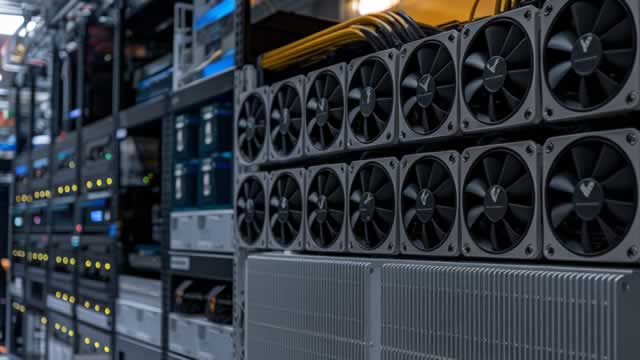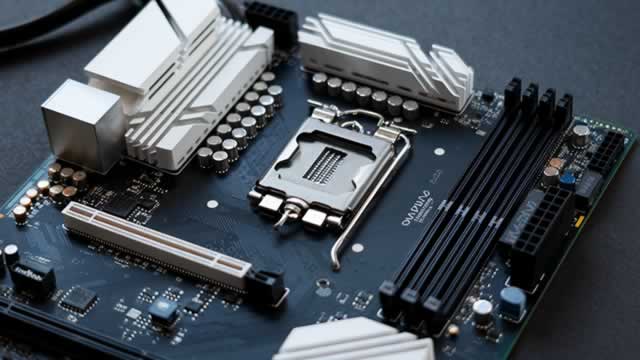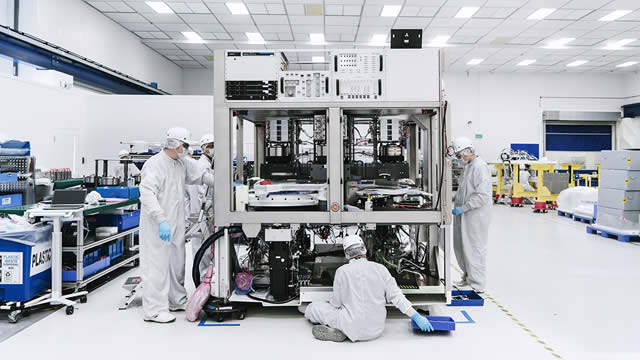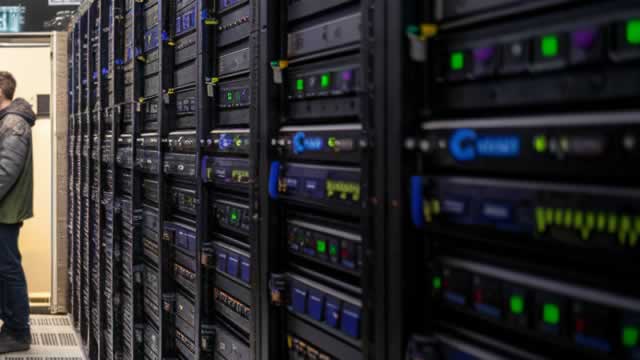SMCI Stock Recent News
SMCI LATEST HEADLINES
Super Micro Computer (SMCI) reached $51.84 at the closing of the latest trading day, reflecting a -1.73% change compared to its last close.
The three tech stocks in this analysis all look as if we are probably going to continue to see a lot of buying. At this point, the markets have seen a lot of buying pressure, and it is options expiration on Friday, so a bit of noise is expected.
SMCI crashed 85% after a meteoric rise, but a new base is forming. With solid growth and fresh momentum, this former high-flyer could be primed to double again.
Digi Power X Inc (NASDAQ:DGXX, TSX-V:DGX) has signed a definitive purchase order with Super Micro Computer Inc (NASDAQ:SMCI) to supply NVIDIA B200-powered systems for the launch of NeoCloud, the company's modular Tier 3 artificial intelligence (AI) infrastructure platform. The systems will be installed inside Digi Power X's proprietary ARMS 200, or AI-Ready Modular Solution, pods, with the first deployment scheduled to go live in Alabama in the fourth quarter of 2025.
Super Micro Computer, Inc.'s technicals are improving, with momentum building and a potential breakout from a triangle pattern that could spark a 50% rally. Short-term trading opportunity exists for the next 3-6 months, but I remain cautious on SMCI as a long-term investment due to fundamental concerns. Key risks include margin pressure, heavy competition, reliance on a few clients, and volatility around upcoming earnings.
The three stocks in this analysis all look a bit mixed at this point in time, as the market is trying to sort out the Federal Reserve and its policy going forward. At this point in time, the stock market overall is strong, and thus we look forward to seeing
Do you want to invest in artificial intelligence (AI) stocks but don't want to spend thousands of dollars in order to build a position? There are multiple AI stocks you can buy today that haven't been performing all that well over the past year, but still have a lot of encouraging opportunities down the road.
In the mid-1990s, the advent and proliferation of the internet revolutionized corporate America by opening new sales channels and creating connections that hadn't previously existed. Since the internet, investors have been patiently waiting for the next-big-thing technology to provide a true leap forward for corporate America.
Key Points in This Article: Despite the AI boom, Super Micro Computer‘s (SMCI) server growth is threatened by competition that could pressure margins.
SMCI's DLC tech delivers growth as hyperscalers and AI-data centers drive its demand.







